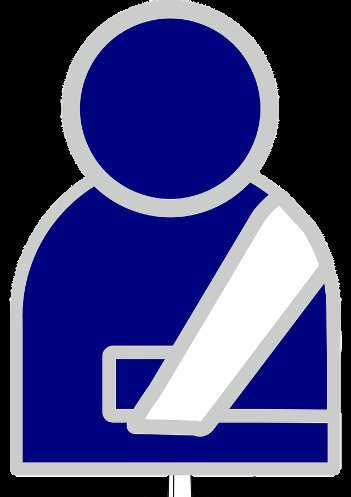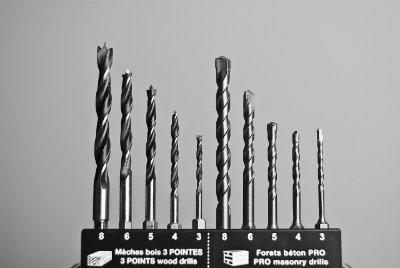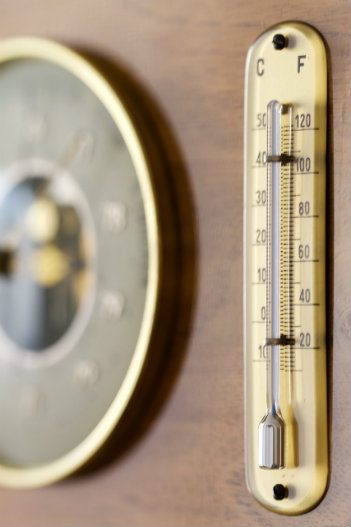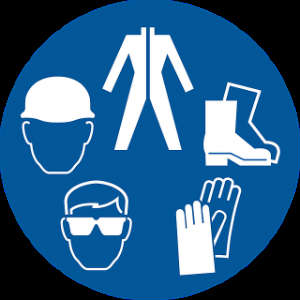
Due to its capability to save hours during a work day, a nail gun is a common tool in the roofing world. While it is an important device, it is as well unbelievably hazardous if not handled properly.
Wrong nail gun usage is liable for many injuries every year. Moreover, over half of these reported nail gun damages are to the fingers and hand. A quarter of these fingers and hand injuries include damage to joints, tendons, bones, and nerves. Besides the hand, the other most common injuries are to the knee, leg, foot, toes, and thigh.
A research on Washington State employee’s compensation data found an annual average $692,542 total cost from nail gun injuries in the course of the 9-year study period, worth an average $1,723 cost per claim. The research also revealed 20 percent of claims caused over three days missing from work.
Steps To Safety
The Safest Trigger
The complete sequential trigger is the most secure trigger system for all tasks since it will just fire a nail once the controls are triggered in a particular order.
The order requires for the workers first to push the safety touch tip into the working surface then draw the trigger to release a nail. Discharging the second nail requires a similar procedure, therefore avoiding the single shot trigger, bump firing, trigger fire mode, or restrictive trigger. Most contractors fear that the complete sequential trigger slows employees due to its firing mechanism.
In-experienced workers should be restricted from using sequential trigger guns due to their inexperience. In case you use different types of triggers on the task, apply identification system or color coding to distinguish between trigger types.
Work Safety Procedures
One of the safety precautions to take is developing work procedures. This helps establish maintenance schedules, safe operations and much more. Such dos and don’ts include:
Do
- Make nailers’ manuals easily accessible
- Understand and follow tool instructions and labels from manufacturers
- Check power sources and tools before use to make sure they are in good order. Immediately remove malfunctioning or broken nail guns from service
- Check all lumber for nails, knots, hangers, straps, etc. that could cause ricochet or recoil before nailing
- For placement work, place hands no less than 12 inches from the nailing
- Use clamps to prop instead of your hands
- Always shoot nail guns away from your body and co-workers
Don’t
- Disable or bypass nail gun precaution features
- Carry the nail gun with a finger placed on the trigger
- Carry, lower, or raise a nail gun using the hose. Don’t pull the gun if it gets caught
- Use your un-common hand to function the nail gun
Correctly Train Employees
Training not only educates new workers but also reminds experienced users of proper usage and hazards.
Training should be engaging, short and easy to understand through smaller sub-topics. Some topics to be covered include:
- How triggers differ and nails work
- Maintenance
- Inspection
- Major causes of injuries related to triggers
- Manufacturers Manual
- Risk related to nail gun handling
For more information on training workers on specific nail guns and safety click here.
Wear Protective Equipment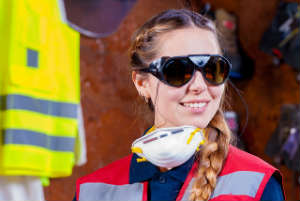
Having personal protective gear is one of the most crucial things in nail gun safety. According to OSHA, employers are mandated to offer this equipment to their workers for free. The protective equipment includes:
- Hard hats
- Hearing protection
- High-impact eye protection
What If There Is An Accident?
In the case of a nail gun injury, seek urgent medical attention. Personal injury attorneys are the second thing to consider since they are experienced to investigate whether the accident is due to negligent sub-contractors or neglectful nail gun manufacturers. A personal injury lawyer will guide you through a claim and getting a nail gun settlement. It is wrong not to report nail gun accidents because even minor accidents can cause major complications in the future.



